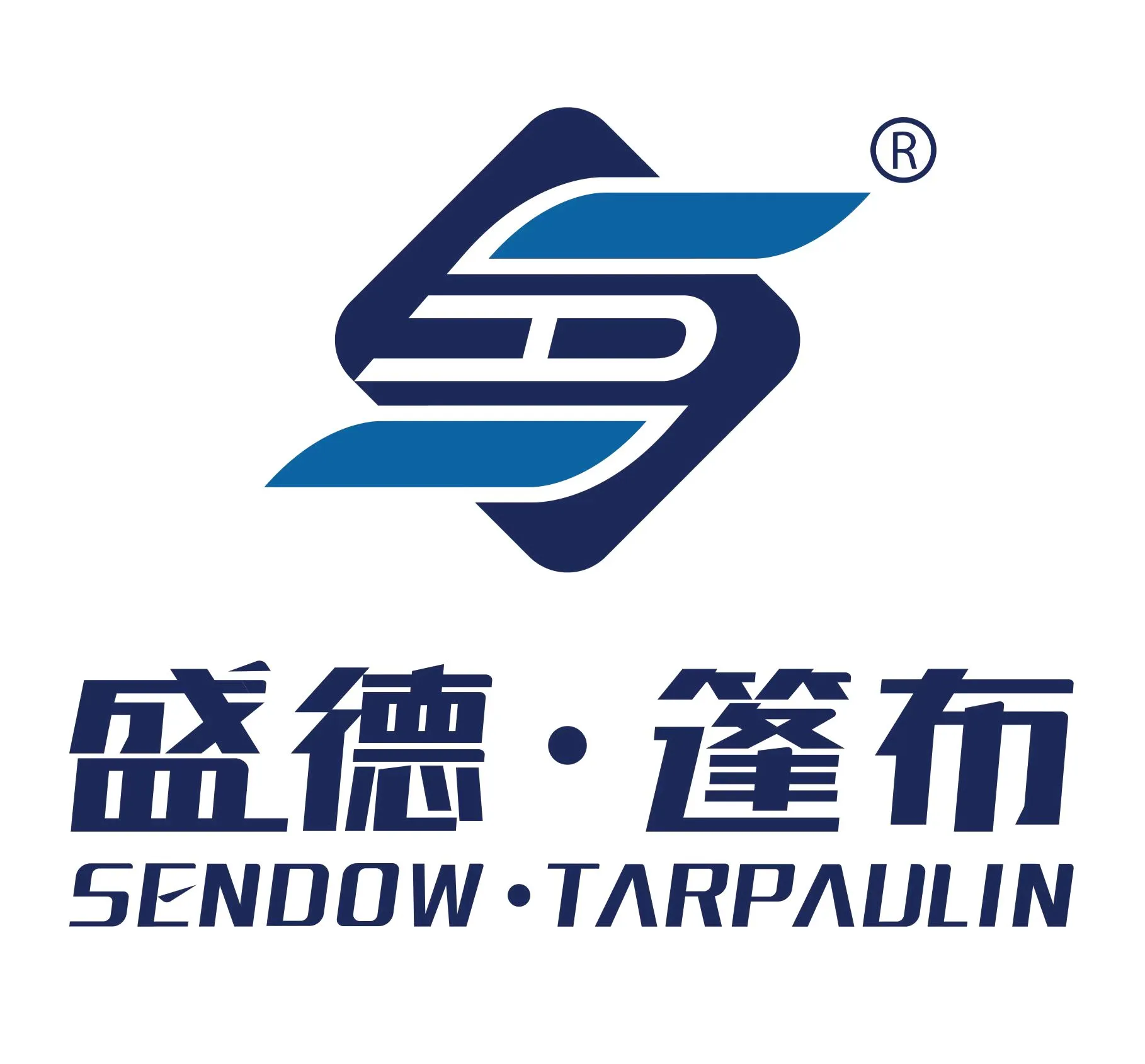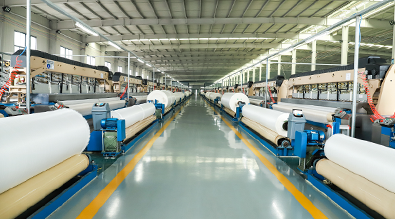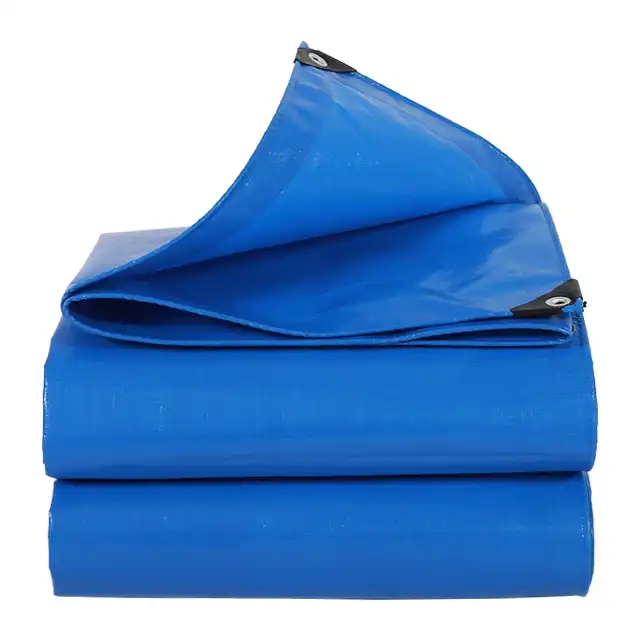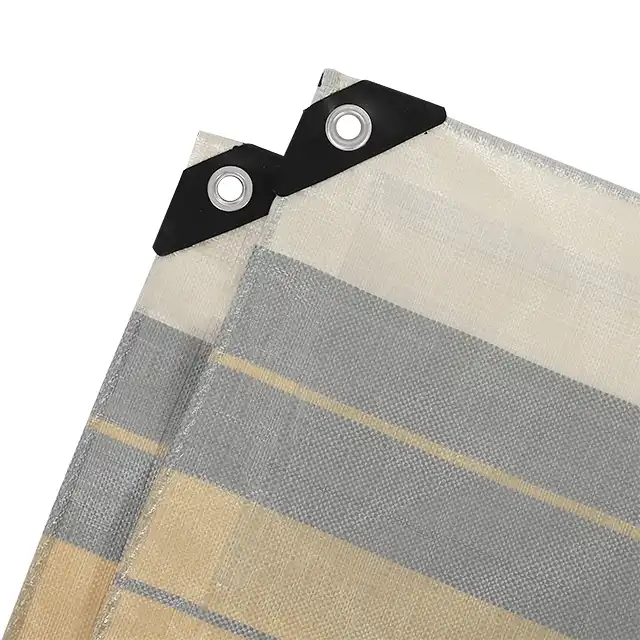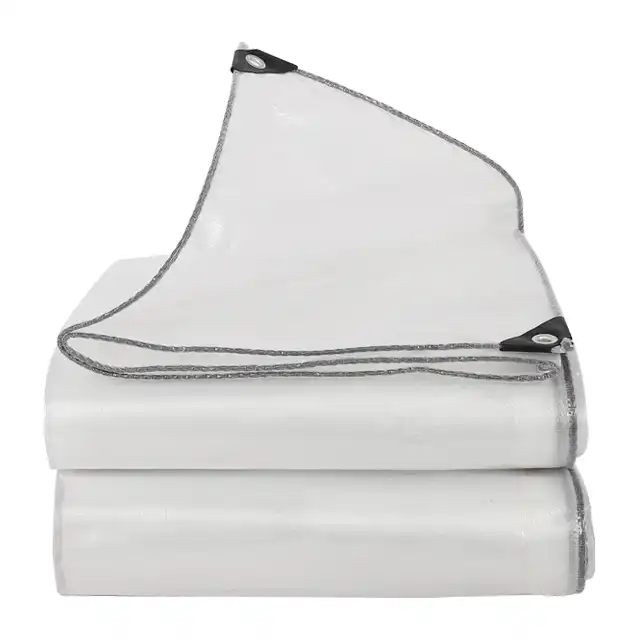Benefits of Waterproof Outdoor Camping Tent PE Tarpaulin
In the world of outdoor adventures, protection from the elements is paramount, and waterproof PE tarpaulin has emerged as a game-changing solution for campers, adventurers, and outdoor enthusiasts. This innovative material offers unparalleled defense against moisture, environmental challenges, and unexpected weather conditions, transforming the way we approach outdoor shelter and equipment protection. From recreational camping to professional expeditions, waterproof PE tarpaulin provides a reliable, versatile, and robust solution that ensures comfort, safety, and durability in the most demanding outdoor environments.
Unmatched Protection: Understanding PE Tarpaulin's Defensive Capabilities

Superior Water Resistance: The Core Advantage of Waterproof PE Tarpaulin
Waterproof PE tarpaulin represents the pinnacle of moisture protection in outdoor gear technology. Developed using high-density polyethylene (HDPE) woven fabric with a low-density polyethylene (LDPE) coating, these tarps create an impenetrable barrier against water infiltration. The advanced manufacturing process involves intricate weaving techniques and specialized coating technologies that ensure complete water resistance. The technical specifications of these tarpaulins are impressive. Typically ranging from 65 gsm to 280 gsm in weight and 0.1mm to 0.2mm in thickness, these materials are engineered to provide comprehensive protection. The fabric's unique construction includes a mesh count between 10x10 and 14x14, creating a tight, uniform structure that prevents water penetration while maintaining remarkable flexibility. The water-resistant properties extend beyond simple moisture blocking. The LDPE coating provides additional benefits, including resistance to mildew, acid, and environmental degradation. This means that whether you're camping in a humid rainforest or a misty mountain region, your shelter remains dry and protected. The UV treatment, ranging from 1% to 7%, further enhances the tarp's durability by preventing sun-induced material breakdown.
Durability and Longevity: Engineering Resilience in Outdoor Environments
Durability is a critical factor in outdoor equipment, and waterproof PE tarpaulin excels in this domain. The material's engineering goes far beyond simple water resistance, incorporating multiple layers of protection and resilience. The HDPE woven fabric provides exceptional tear resistance, ensuring that the tarp maintains its structural integrity even in challenging conditions. The manufacturing process involves precise tension control and advanced coating techniques that create a material capable of withstanding extreme temperatures. With arctic flexibility and anti-freezing properties, these tarps perform consistently across diverse environmental conditions. The shrink-proof design ensures that the tarp maintains its shape and protective qualities, regardless of temperature fluctuations or prolonged exposure. Aluminum grommets, strategically placed approximately every meter and at the corners, further enhance the tarp's usability and durability. These reinforced attachment points allow for secure and versatile installation, whether you're creating a camping shelter, protecting equipment, or developing temporary structures in outdoor settings.
Versatility in Application: Beyond Traditional Camping Uses
The applications of waterproof PE tarpaulin extend far beyond traditional camping scenarios. This remarkable material has found utility in numerous domains, demonstrating its exceptional versatility. From agricultural applications like greenhouse coverings and irrigation protection to industrial uses such as goods protection and scaffolding sheets, these tarps offer comprehensive solutions. Recreational users appreciate the material's lightweight nature and ease of handling. Weighing between 65 gsm to 125 gsm, these tarps are economical yet remarkably durable. They serve multiple purposes: ground covers for picnics, shade structures, car canopies, and emergency shelters. The ability to customize sizes and colors further enhances their adaptability. Professionals in construction, agriculture, and humanitarian aid have recognized the value of these tarps. Organizations like UNHCR, IOM, ICRC, and UNICEF utilize these materials for emergency shelters, equipment protection, and logistical support. The tarp's anti-corrosion properties and high durability make them ideal for challenging environments and critical operational scenarios.
Advanced Manufacturing: The Science Behind PE Tarpaulin Excellence
Precision Engineering: Manufacturing Process and Quality Control
The production of high-quality waterproof PE tarpaulin involves sophisticated engineering and rigorous quality control measures. Leading manufacturers like Linyi Shengde Plastic Co., Ltd. have developed comprehensive manufacturing processes that ensure consistent, high-performance products. With over 15 wire drawing lines, 200+ water-jet looms, and multiple coating machines, these facilities represent the pinnacle of tarpaulin technology. The yarn extrusion process is particularly intricate, utilizing high-tech machines to create fibers ranging from 400D to 2500D. This precision allows for the creation of tarps with specific strength and weight characteristics tailored to diverse applications. The fabric weaving process employs advanced Korean-imported automatic water-jet looms, capable of producing seamless fabrics up to 5 meters wide. Quality management is paramount in this manufacturing process. Professional technicians meticulously control each production stage, and companies have obtained ISO 9001:2015 certification. Third-party testing laboratories consistently validate the exceptional performance of these tarpaulins, ensuring that each product meets the highest international standards.
Customization and Innovation: Meeting Evolving Market Demands
Research and development play a crucial role in advancing PE tarpaulin technology. Leading manufacturers invest significantly in innovative capabilities, developing cutting-edge features like enhanced fire prevention and advanced waterproofing technologies. The ability to customize products according to specific client requirements demonstrates the industry's commitment to meeting diverse and complex needs. Recent technological breakthroughs include the development of ultra-wide width braiding machines and the production of 4-meter wide tarpaulin products. These innovations expand the potential applications and performance capabilities of waterproof PE tarpaulins, enabling their use in increasingly sophisticated and demanding scenarios.
Environmental Considerations and Sustainability
Modern PE tarpaulin manufacturing is increasingly focused on environmental sustainability. Advanced production techniques minimize waste and optimize material usage. The durability of these tarps means fewer replacements are needed, reducing overall environmental impact. Many manufacturers are exploring recyclable materials and more sustainable production methods. The long-lasting nature of these tarps contributes to resource conservation. A single high-quality PE tarpaulin can replace multiple inferior products, thereby reducing waste and supporting more sustainable consumption patterns. The material's resistance to degradation ensures extended use across various challenging environments.
Practical Considerations: Selecting the Right PE Tarpaulin
Matching Tarp Specifications to Specific Needs
Selecting the appropriate waterproof PE tarpaulin requires careful consideration of specific requirements. Factors such as weight, thickness, color, and intended application play crucial roles in determining the most suitable product. Manufacturers offer comprehensive customization options, allowing users to select from a range of specifications including gsm, thickness, and UV treatment levels.
Maintenance and Care Guidelines
Proper maintenance can significantly extend the life of your PE tarpaulin. Regular cleaning, proper storage, and careful handling ensure optimal performance. Avoid prolonged exposure to extreme temperatures and store in a cool, dry place when not in use. Periodic inspection for any signs of wear or damage can help maintain the tarp's protective capabilities.
Cost-Effectiveness and Long-Term Value
While the initial investment in a high-quality waterproof PE tarpaulin might seem significant, the long-term value is substantial. The durability, versatility, and protective capabilities of these tarps make them a cost-effective solution for numerous applications. By investing in a superior product, users can avoid frequent replacements and enjoy reliable performance across diverse scenarios.
Conclusion
Waterproof PE tarpaulin represents a remarkable technological achievement in outdoor protection and materials engineering. By combining advanced manufacturing techniques, innovative design, and rigorous quality control, these tarps offer unparalleled performance across multiple domains. Whether for camping, industrial use, or emergency situations, they provide a reliable, durable, and versatile solution that meets the most demanding environmental challenges. We invite you to explore the transformative potential of waterproof PE tarpaulin and discover how this remarkable material can enhance your outdoor experiences and professional applications. For custom solutions and further information, please contact our expert team at info@shengdetarp.com.
References
1. Smith, J. (2022). Advanced Materials in Outdoor Equipment Design. Outdoor Technology Press.
2. Rodriguez, M. (2021). Polyethylene Innovations in Industrial Textiles. Materials Science Quarterly.
3. Chen, L. (2020). Waterproofing Technologies: Principles and Applications. Engineering Materials Review.
4. Thompson, R. (2019). Sustainable Textile Manufacturing Techniques. Global Industrial Textiles Journal.
5. Wang, H. (2018). Performance Characteristics of High-Density Polyethylene Fabrics. Materials Engineering Review.
6. Nakamura, K. (2017). Innovations in Protective Textile Technologies. International Materials Research Foundation.
